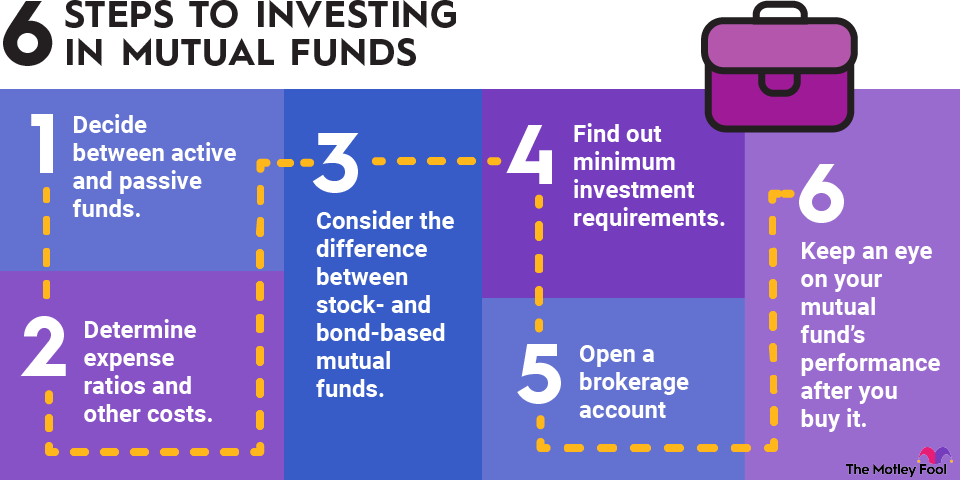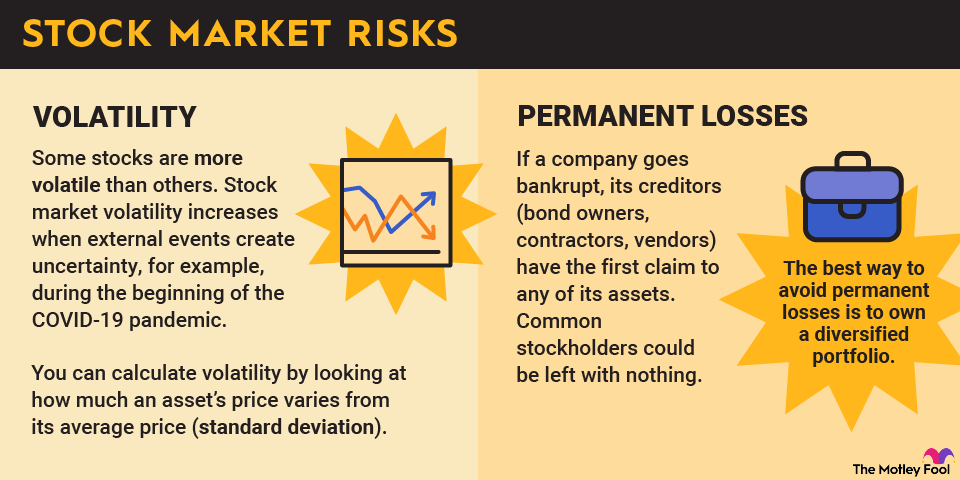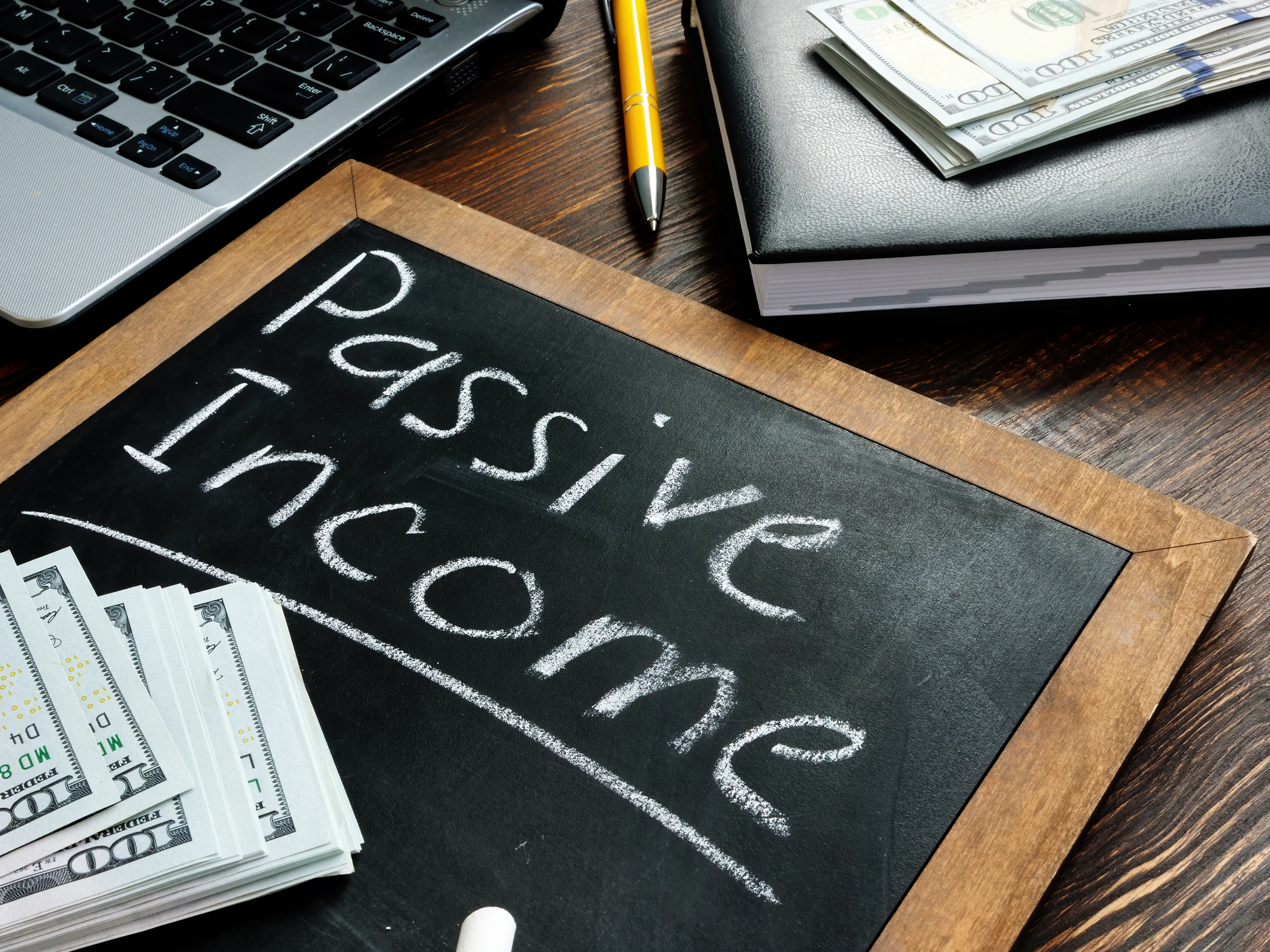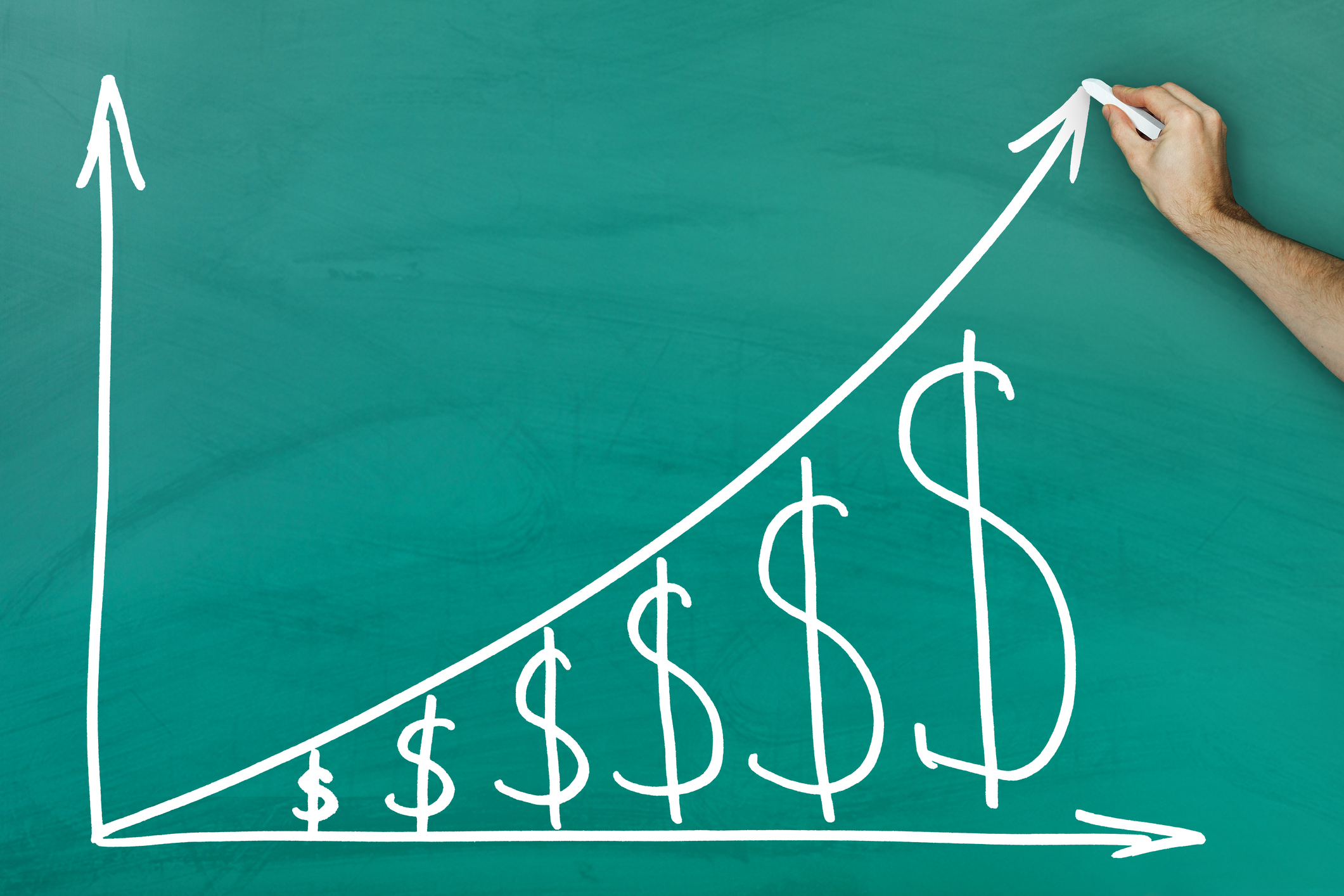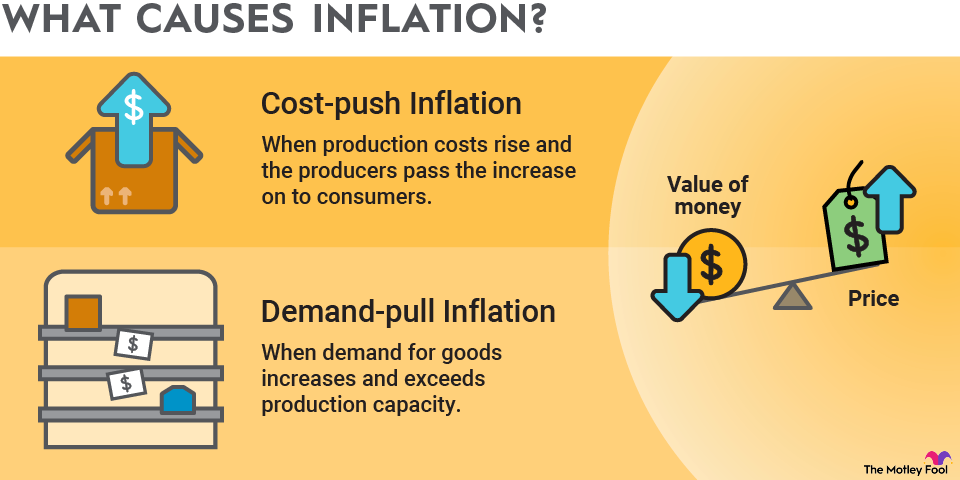In this day and age, there are ample investment options. It's wonderful to have so many choices, but deciding on a direction might be overwhelming.

Here are seven investment options to help you get started:
1. Start (or add to) a savings account
Even with the Federal Reserve likely to lower interest rates in the coming months, the best savings account interest rates are still higher than they have been in years. Simply put, a savings or money market account is probably a good starting point for many people.
There's one simple reason why putting money into basic savings is a great investment: Rainy days are inevitable. While predicting life's twists and turns -- and when they'll occur -- is impossible, being prepared with some cash on the sidelines will always help to cushion the blow. The goal isn't to get the highest return -- we will get to investments that are designed to do that -- but to avoid putting yourself in a position where you have to take on high-interest debt, such as credit cards, to pay for unexpected or emergency needs.
Keeping some cash in CDs (certificates of deposit) or in Series I savings bonds can also bolster a rainy-day savings stockpile. The interest rates can often be a bit higher than a basic savings account, although the tradeoff is that they aren't as easy to access if you need the money in a pinch.
Start small, building up savings over time. Aim to have at least three to six months' worth of cash stashed, maybe even more if you're a homeowner or have dependents.
2. Invest in a 401(k)
Who doesn't want a pay raise? If you're not taking advantage of it, you may be overlooking an extra pay perk that your employer offers: a matching contribution to your 401(k) or similar company-sponsored retirement plan.
The mechanics are simple. If your employer offers a match, it will deposit the amount, usually up to a certain percentage of your gross salary, in your account. For example, if a company offers a 3% match, it will contribute $3 for every $100 you earn.
There's usually a caveat: Most companies will only match your contributions up to that limit. In other words, if you put 2% of your pay into your 401(k) or similar retirement account, they'll match it, but that means you won't get the full amount they would match if the benefit is up to 3% (or more).
If your employer offers a match, it's a quick and easy way to get free money -- not to mention a great way to lower your income taxes since contributions are generally pre-tax.
But don't stop at the matching contribution. Contribution limits for 2026 allow for $24,500 in total employee contributions, up from $23,500 in 2025, plus additional catch-up contributions if you're 50 or older. If you have $1,000 to invest, check with your HR department or benefits specialist about how to set that money aside for retirement.
3. Invest in an IRA (including Roth)
If you don't have access to a work-sponsored retirement plan or your plan won't allow you to add extra money, you aren't out of luck. That's where individual retirement accounts (IRAs) come in.
There is no company match with an IRA, but if you have earned income (through a job or self-employment), this option is worth considering. There are two basic types of IRAs: Traditional and Roth.
A personal contribution to a traditional IRA may be tax-deductible, and earnings are tax-deferred until they're withdrawn. A Roth IRA is an after-tax contribution, so it gets no deduction (although a tax credit is available for traditional and Roth IRA contributions).
However, Roth contributions can be withdrawn penalty-free, earnings are tax-free, and you -- or even your heirs -- will never pay taxes on any withdrawals taken after you turn 59 1/2, as long as the account was established at least five years earlier.
If you have $1,000, starting an IRA at an online brokerage is a great way to start working toward long-term wealth generation. For 2025, traditional IRA contributions are limited to $7,000, plus another $1,000 for people older than 50. In 2026, these limits increase to $7,500, plus an extra $1,100 catch-up contribution if you're 50 or older.
Roth IRA contribution limits are the same as traditional IRA limits. But if your income exceeds a certain level, you'll have a lower contribution limit -- or you may not be eligible to make a direct contribution.
4. Open a taxable brokerage account
If you've taken advantage of the first three options and still have extra money to invest, opening a taxable investment account (sometimes called a brokerage account) is another solid option, though one that can be fraught with risk if it's not invested wisely.
Brokerage Account
Granted, all investing involves risk, and there's no guarantee you won't lose money, but there are plenty of options available in brokerage accounts to help mitigate the downside risks. For example, there are numerous low-cost mutual funds and exchange-traded funds (ETFs, which we will describe in more detail below) to choose from.
Also, remember that depositing $1,000 should only be the start. Investing works best if you make regular deposits -- the more frequent, the better. Once you establish a brokerage account, consider setting up recurring deposits (perhaps monthly or quarterly) to continue building toward your financial goals.
If you can take that first grand and add more on a recurring basis, you're taking a big step toward building life-changing wealth.
5. Invest in ETFs
After you open an IRA or brokerage account, it's time to start choosing where to invest. If you're just getting started, an ETF is an excellent place to begin and could be a great alternative to more traditional mutual funds. In short, ETFs are the simplest way to own a diversified stock portfolio for people who don't have the time or expertise to pick individual stocks.
There are thousands of ETFs to choose from, and many of them track a benchmark such as a stock market index (for example, the S&P 500 or Nasdaq Composite). Others track broad sectors of the economy, such as technology or healthcare. Some get even more specific and invest in themes such as cloud computing or renewable energy.
ETFs are easy to purchase, on average have lower fees than many other investment options, such as actively managed mutual funds, and don't require large investments. If you have $1,000 (or even less), learn how to invest in ETFs to begin your investing journey.
6. Use a robo-advisor
Not interested in searching for and managing an investment portfolio? Consider using a robo-advisor. A robo-advisor is an online service that automates certain parts of a financial plan and investment portfolio management.
There are plenty of robo-advisors to choose from. Most of them have little to no initial deposit minimum ($1,000 is more than enough to get started). After you answer some questions, the robo-advisor will choose a basket of funds or ETFs tailored to your long-term goals, while also balancing your exposure across asset classes, too.
Management fees can be quite affordable. A typical robo-advisor charges less than 0.3% per year (or about $3 per year for every $1,000 invested). The service will help you set up a plan for making recurring deposits and investments to help you reach your financial destination.
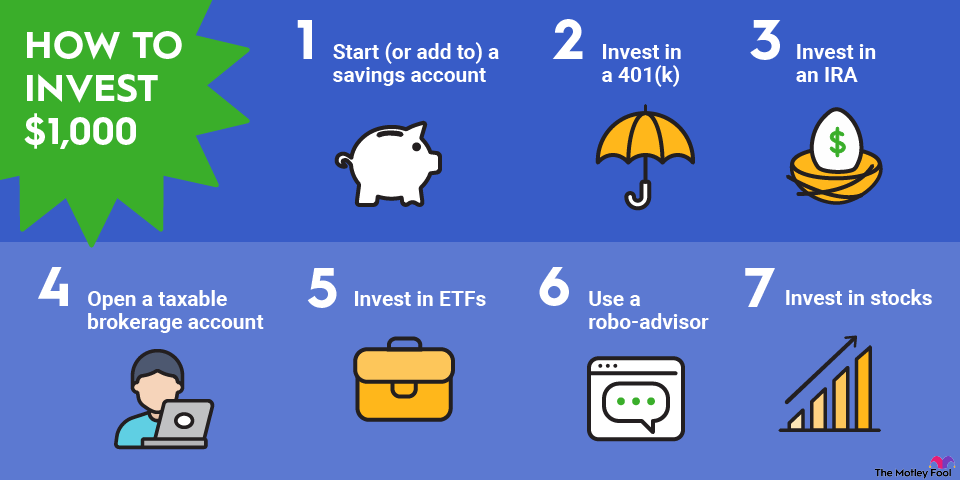
7. Invest in individual stocks
If you want more control over your investments and which businesses you own, consider purchasing individual stocks. Even with $1,000, it's possible to build a well-rounded portfolio of starter stocks. Many brokerages even allow investors to purchase fractional shares of many companies, so diversifying your account is possible even if you're starting with $1,000 or less.
Additionally, gains in individual stocks aren't taxed at the federal level until you sell them and realize the gain. Plus, the longer you own a stock, the lower your taxes on realized gains can be. Once you've held a stock for at least a year, if you sell for a profit, those gains become long-term capital gains, with a tax rate of about 15% for most Americans. If your taxable income is below a certain threshold, you may not have to pay any taxes on those realized gains!
Lastly, remember that one of the benefits of a retirement account is tax savings. So long as you invest in stocks and keep your proceeds inside the account, realized gains in a 401(k), Roth, or traditional IRA are completely untaxed.
Remember: Stocks represent an ownership stake in a business. Few people would start a new venture with the intent of staying in business for just a few weeks or months. Owning stocks works best in much the same way: The longer you stick with it, the more its profit power can grow.
If you go this route, it's important to do some homework and make a purchase with the intent of holding the stock for years or even decades. This strategy -- along with living a long life -- has helped make Warren Buffett one of the wealthiest people on the planet.
How to diversify with $1,000
Diversification is a strategy where you spread your money across multiple investments that aren't strongly correlated. For instance, you may own 25 different stocks, but if they're all bets on the future of AI, that's not diversifying your downside risk.
You could use $1,000 to diversify by splitting your investment between asset classes, say, by putting a portion in cash savings and another portion in stocks. To mitigate the risks of underperformance in a single company or industry, you could buy shares in several companies that operate in different sectors and serve different customers. ETFs can be a great tool for diversifying a stock portfolio since you're investing in many companies with a single investment.
Another way to diversify is by making small investments over time, instead of investing all at once. Dollar cost averaging into a stock position or contributing monthly amounts to your accounts can help you pay less for investments in the long run. So long as you're regularly adding new money to that initial $1,000 investment, you can steadily build a diversified investment portfolio.
Mistakes to avoid when investing $1,000
A common mistake people make, whether they're investing $1,000 or a different amount, is rushing into an investment decision without fully understanding what they're buying. Taking the time to research a stock so you know what the business does -- and what to expect from its financial results -- will help you make sound investment decisions and avoid bad investment opportunities.
Another common mistake is going all in on one investment instead of diversifying. Having cash savings is important for short-term needs. But because of inflation, cash loses value over time. While individual stocks are risky, the stock market overall has created wonderful long-term value. Bonds usually deliver lower returns than stocks, but come with less downside risk and volatility.
Related investing topics
Don't underestimate the power of $1,000
It may not seem like a lot, but don't underestimate the power of $1,000. Even a small starting investment can help lay the foundation for a long and profitable journey toward financial flexibility. Put that money to work and add to it as often as possible with your long-term goals in mind.



